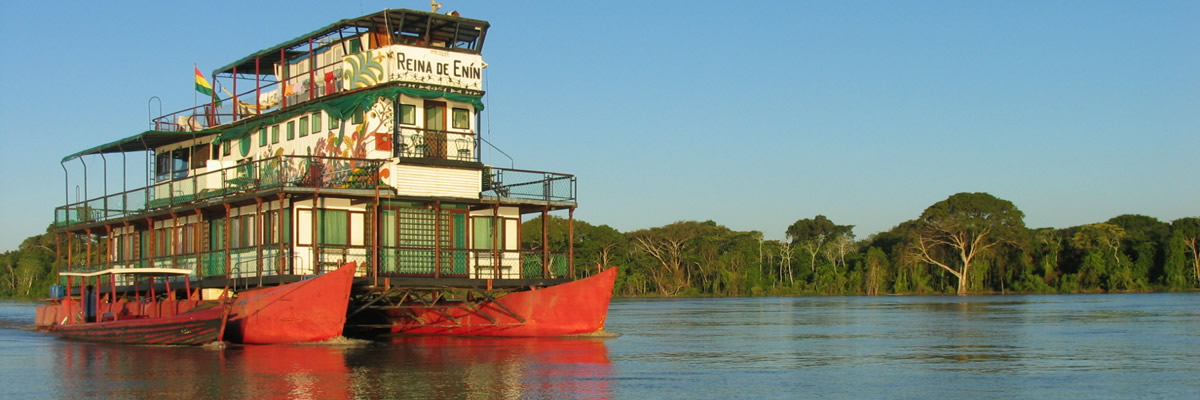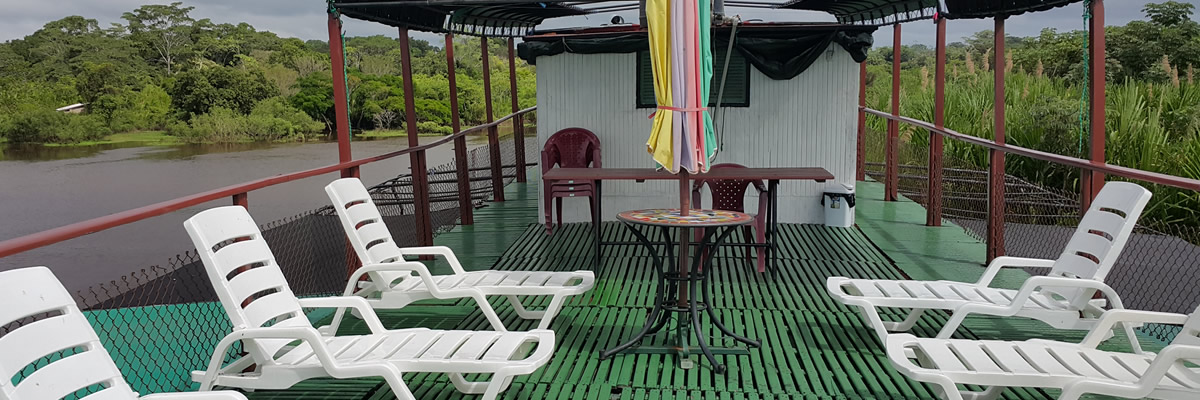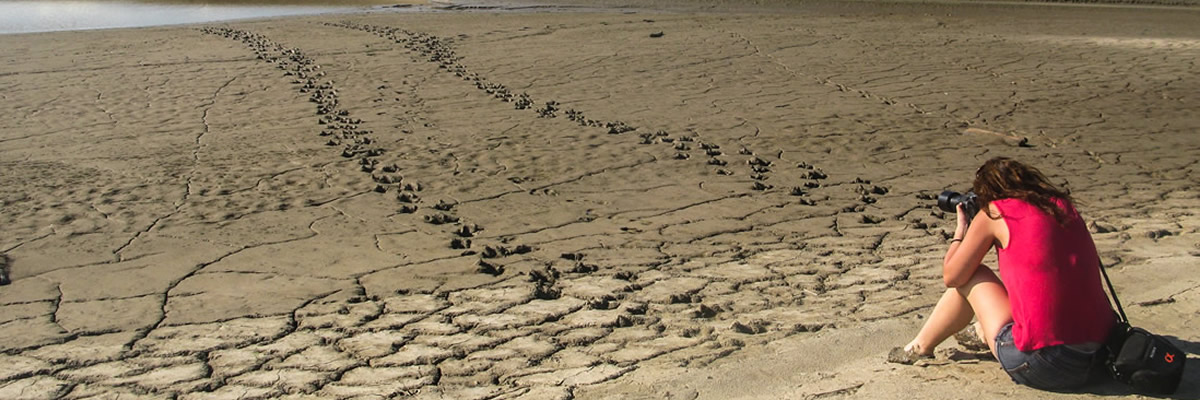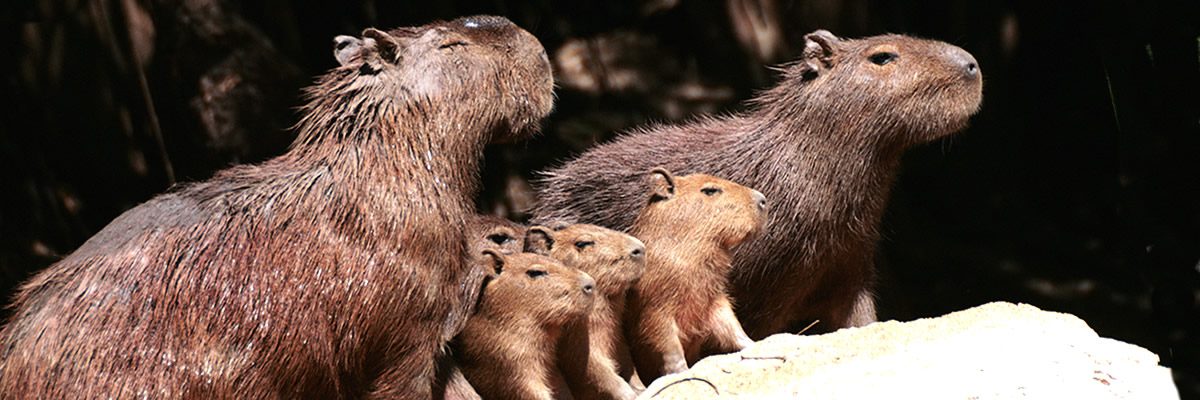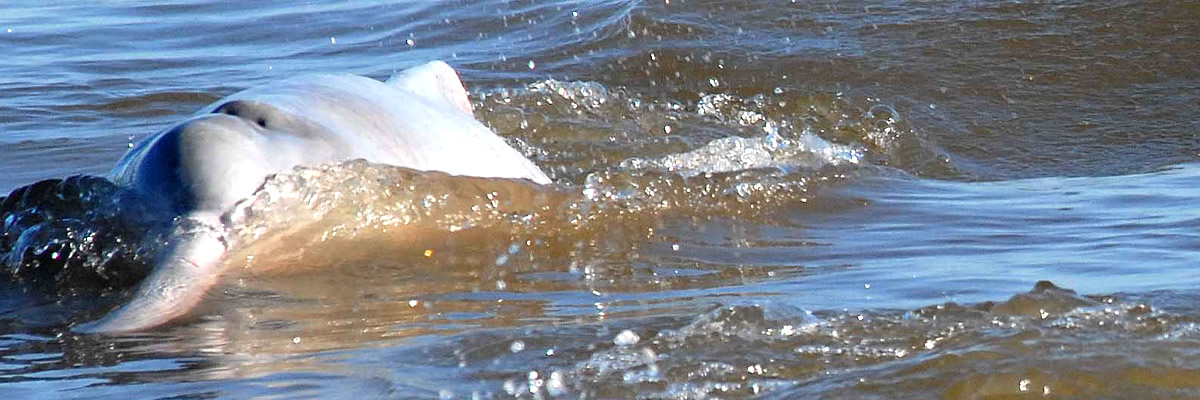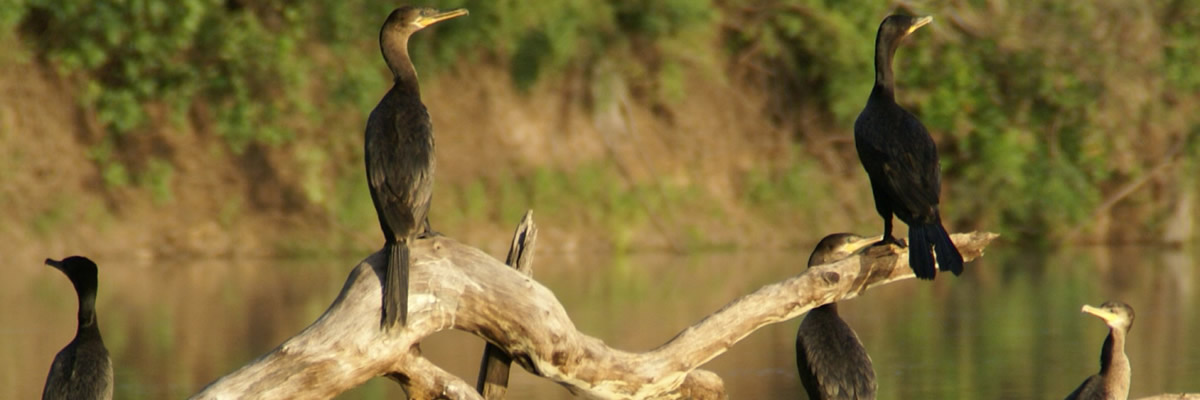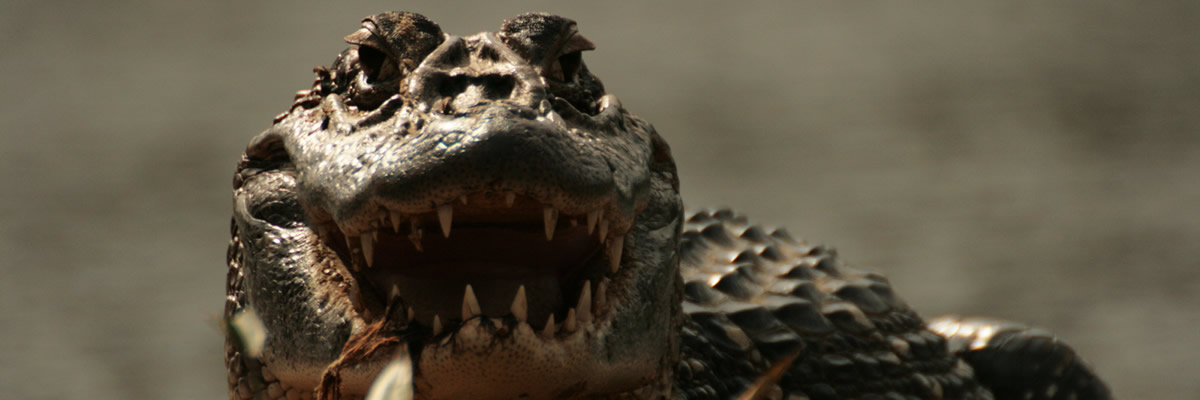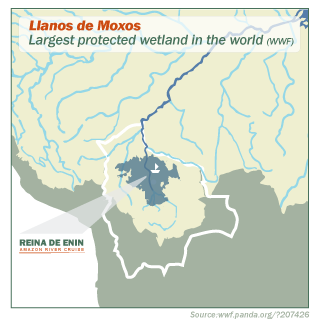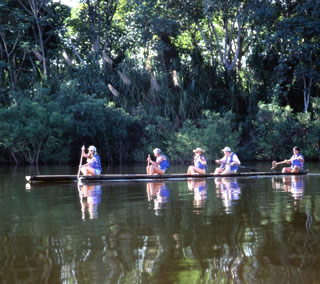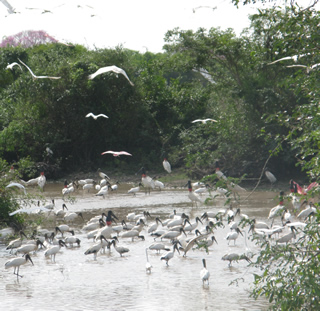Wetlands - Llanos de Moxos
Wetlands are among the world’s most productive environments; cradles of biological diversity that provide the water and productivity upon which countless species of plants and animals depend for survival 1.
Wetlands like the Llanos de Moxos are some of the most spectacular, most beautiful, peaceful places on Earth. They are areas where water is the main factor controlling the environment and associated plant and animal life.
The World Wildlife Fund (WWF - Endangered Species Conservation) has recognized Bolivia as the country with the largest area of wetlands of international importance. The criteria used to consider a wetland as internationally important is when it supports vulnerable or endangered species. This is the case of Llanos de Moxos that has the blue-throated macaw and the pink river dolphin as two important endangered species.
The Llanos de Moxos is home to 131 species of mammals, 568 birds, 102 reptiles, 62 amphibians, 625 fish and more than 1,000 species of plants were recorded.
The Llanos de Moxos is the largest wetland (92,000 km2) in the Amazon Basin. It is an eco-region of seasonal savannas and wetlands with forest islands and forests galleries (forests that form as corridors along the rivers).The Llanos de Moxos regulate the climate and sustain the hydrological cycle in the Amazon region. The low relief of the savannas, coupled with wet season rains and snowmelt from the Andes, cause up to half the land to flood seasonally.
This region of wetlands and seasonal savannas is what makes our boat ride unique and different from all other river cruises in the Amazon Basin. Check out our 4-day tour when the savannas are inundated.
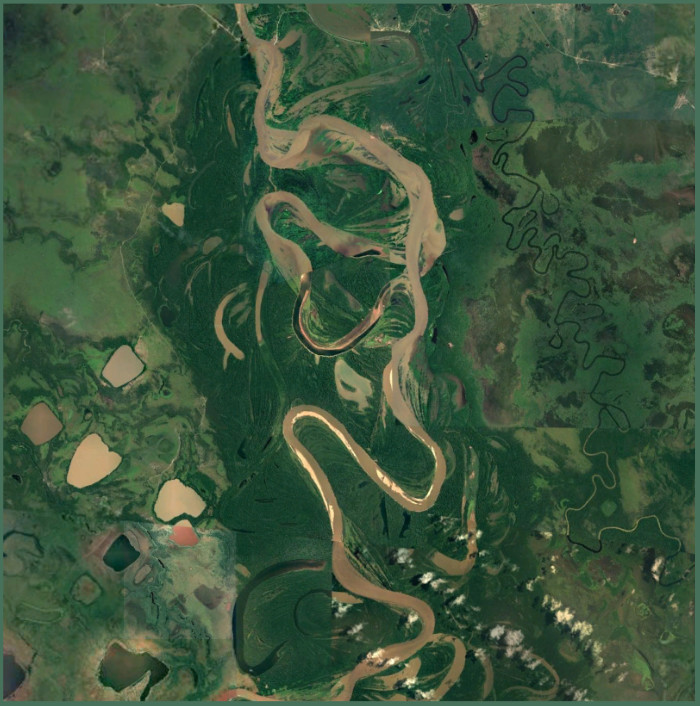
Map Data: Google, DigitalGlobe
Read the following article from WWF to know more about this region:"Key Species for Conservation in the Llanos de Moxos, Bolivian Amazon"
1. www.ramsar.org
